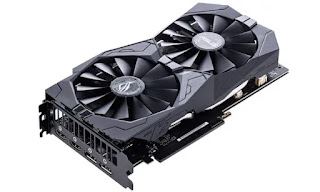The nvtop command is a powerful tool for Linux users who want to monitor the activity of their GPUs, regardless of whether they use NVIDIA, AMD, or Intel graphics cards. It functions similarly to the top or htop commands, providing a comprehensive view of GPU utilization and performance.
AMD GPUs: Utilizing the amdgpu driver.Intel GPUs: Using the i915 Linux driver.NVIDIA GPUs: Supported for GeForce 600, GeForce 800M, and later models using the NVIDIA driver.Adreno GPUs: By Qualcomm.Apple GPUs: M series.
Arch Linux: sudo pacman -Syu nvtopGentoo Linux: sudo layman -a guru sudo emerge -av nvtopUbuntu Impish (21.10), Debian buster (stable), and newer: sudo apt update sudo apt install nvtopFor Debian 10 and later, ensure you enable the contrib repository in your /etc/apt/sources.list file before installing. Fedora Linux version 36+: sudo dnf install nvtopCentOS Stream, RHEL, Rocky, and AlmaLinux version 8/9: # RHEL 8/9 sudo dnf install -y https://dl.fedoraproject.org/pub/epel/epel-release-latest-$(rpm -E %{rhel}).noarch.rpm sudo dnf install nvtop # CentOS Stream, Rocky Linux, AlmaLinux sudo dnf install -y epel-release sudo dnf install nvtopOther Linux Distros: snap search nvtop sudo snap install nvtopFor enhanced functionality with snap: sudo snap connect nvtop:process-control # Kill GPU processes sudo snap connect nvtop:hardware-observe # Inspect GPU info (Fan, PCIe, Power) sudo snap connect nvtop:system-observe # AMDGPU process list support sudo snap connect nvtop:kubernetes-support # Workaround for per-process GPU usage
git clone https://github.com/Syllo/nvtop.git
cd nvtop
sudo docker build --tag nvtop .
sudo docker run -it --rm --runtime=nvidia --gpus=all --pid=host nvtop
nvtop
nvtop -d 0.25 # Update every 0.25 seconds
nvtop -C
nvtop -p




0 comments:
Post a Comment